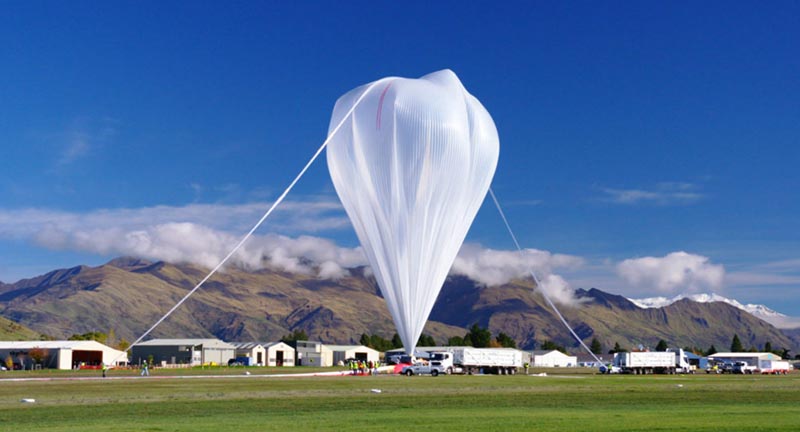So today is Victoria Day in Canada, a holiday that celebrates the birthday of Queen Victoria, who was the queen of England when Canada became its own country in 1867. (If you're curious, Victoria's actual birthday was May 24th, but because you never know when that's going to fall in a week, each year, we choose the last Monday on or before the 24th.)
Anyway, I know what you're thinking right now: That's all well and good, but this post is supposed to be about NASA and its space balloons! Why are we talking about Queen Victoria?
Well, you know. Victoria Day. Birthdays. Balloons. Balloons on birthdays. They fit together, right? *cough* Anyway...
3...2...1...SURPRISE, er, LIFTOFF!
Last week, on May 17th, NASA sent a different kind of probe into the sky. This wasn't a satellite or a rocket. It was a balloon, and not just any balloon. The Super Pressure Balloon (SPB) is a recent innovation designed to make balloons the go-to device to measure the mysteries of stratospheric science. Launched from Wanaka airport in New Zealand, this balloon is made to cruise at an altitude of about 33.5 kilometres (110,000 feet). What makes this balloon super special is its goal of staying in flight for 100 days. That's trickier than it sounds.
To stay aloft, balloons need the air inside the balloon being warmer than the air outside it (say it with me now, folks: hot air rises). In the past, NASA would rely on the sun's energy to help keep the air warm. Which is a great idea...except for the whole night time thing. The Super Pressure Balloon is a sealed, pressurized balloon, however, which allows it to maintain its internal temperature for a longer period of time. So far, the longest an SPB has stayed up is 54 days. So NASA is hoping this latest craft will double that total.
Sounds and rays
And just what does a balloon 30 kilometres above the Earth do for 100 days? Glad you asked. As it turns out, this part of the atmosphere is an excellent area to observe everything from unrecorded low-frequency sound waves to gamma-ray bursts and black holes millions of light years away. And the longer the balloon can stay up there, the better the quality of the data that scientists can collect. And maybe the best part of all of this? Balloons are pretty cheap. Okay, maybe not "100 balloons for $5" cheap, but compared to the cost of rocket launches and satellites, you can see why scientists would be attracted to finding a way to make balloons work.
If Queen Victoria was still around, we're pretty sure she'd approve. Happy Birthday, your majesty!
 The latest SPB launch gets under way in Wanaka, New Zealand. (Courtesy of NASA)
The latest SPB launch gets under way in Wanaka, New Zealand. (Courtesy of NASA)










What’s the point ❓ lol